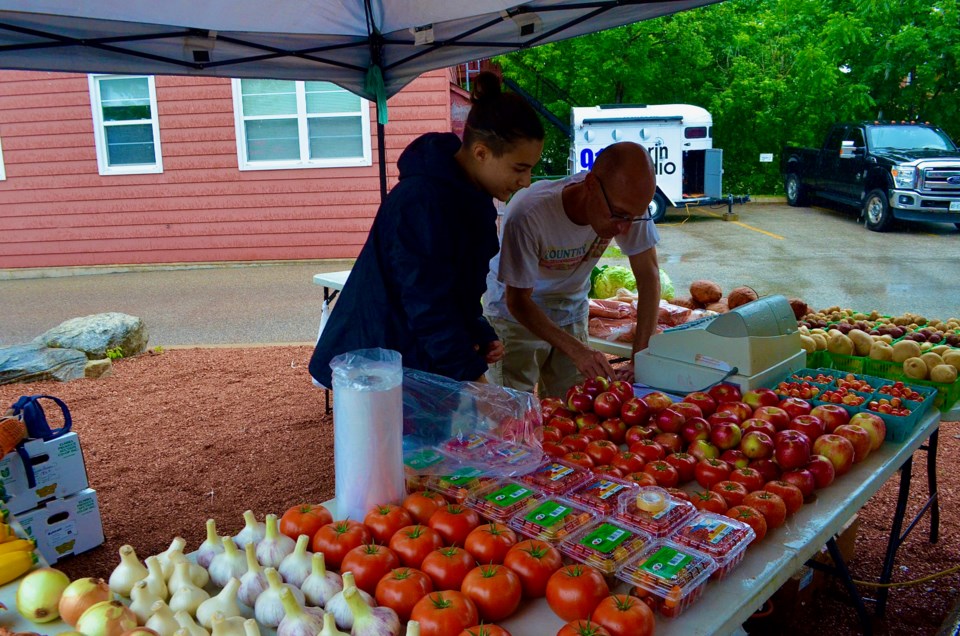Agricultural societies in Ontario will be finding it easier to access much-welcomed grant funds moving forward.
Amendments to Regulation 16 within the Agricultural and Horticultural Organizations Act, took effect on Jan. 1. That regulation outlines the new membership levels that agricultural or horticultural societies in Ontario must maintain to receive various provincial operating grants, making it easier to qualify for them.
According to the province, the regulation is amended to reduce the minimum member thresholds required by Agricultural and Horticultural Societies so that they can qualify for an annual grant due to membership numbers not returning to pre-pandemic levels.
The Ontario Ministry of Agriculture, Food and Rural Affairs, (OMAFRA) provides an annual grant of up to $5,000 to qualifying agricultural societies and up to $1,500 to horticultural societies. Due to the pandemic, a number of these societies do not have the minimum number of members necessary to qualify for the annual grant.
For agricultural societies, the minimum threshold is now reduced from 60 to 40 members. For horticultural societies, the threshold has decreased from 50 to 25 members, except in territorial districts, where it is reduced from 25 to 15.
Since the change, Janet Harrop, president of the Wellington Federation of Agriculture, says she has seen a rise in membership numbers.
“There are about 1,500 members at the Wellington Federation of Agriculture,” Harrop said.
“I think that’s because our local federations are funded directly through membership fees. Regulation 16 is more related to agricultural and horticultural organizations such as local fairs.”
Wellington Federation of Agriculture (WFA) works for farmers' economic, environmental, and social well-being and is a local county affiliate of the Ontario Federation of Agriculture, (OFA). WFA liaises with the OFA to all levels of government.
People become members of WFA because of farm business registration requirements for active farms.
“As a whole, I think there is a slight increase because our role at the Wellington Federation of Agriculture is two-fold," Harrop said.
“We have done a fair bit of work in Wellington County in terms of advocating on behalf of producers around today's ongoing issues. This includes issues around land use, policy review with the county, and zoning changes,” Harrop said.
“I think the increase is also partially because there are new farmers in Wellington County. We are seeing some newer smaller scale members, more in the southern part of the county.”
OFA is the largest general farm organization in Ontario, representing 38,000 farm families across the province.
Based in Guelph, the farmer-led organization, works to represent and champion the interests of Ontario farmers through government relations, farm policy recommendations, research, lobby efforts, and community representation.
According to the province, Ontario’s 483 agricultural and horticultural organizations are a key part of the social, cultural and economic fabric of rural Ontario, helping to educate citizens about agriculture, beautify downtowns, and hosting fall fairs and exhibitions.
Grants under Regulation 16 cover some of the costs incurred in hosting agricultural and food exhibitions, as well as competitions. Grants cover a third of such costs, to a maximum $3,000 per year.
Qualifying agricultural societies can obtain other grants including those for improvements to land and buildings, and may also be eligible for centennial grants of $1,500 for their 100th anniversaries, if the society is marking the event with a permanent commemorative structure.
Qualifying horticultural societies are eligible for up to 50 per cent of their annual expenses, to a maximum of $1,000, or $1,500 if there were 200 or more members in the previous year.
“This is certainly important to many organizations that really help support the agricultural system, including the business, social, and educational side of agriculture, the whole big picture of agriculture," Harrop said.
